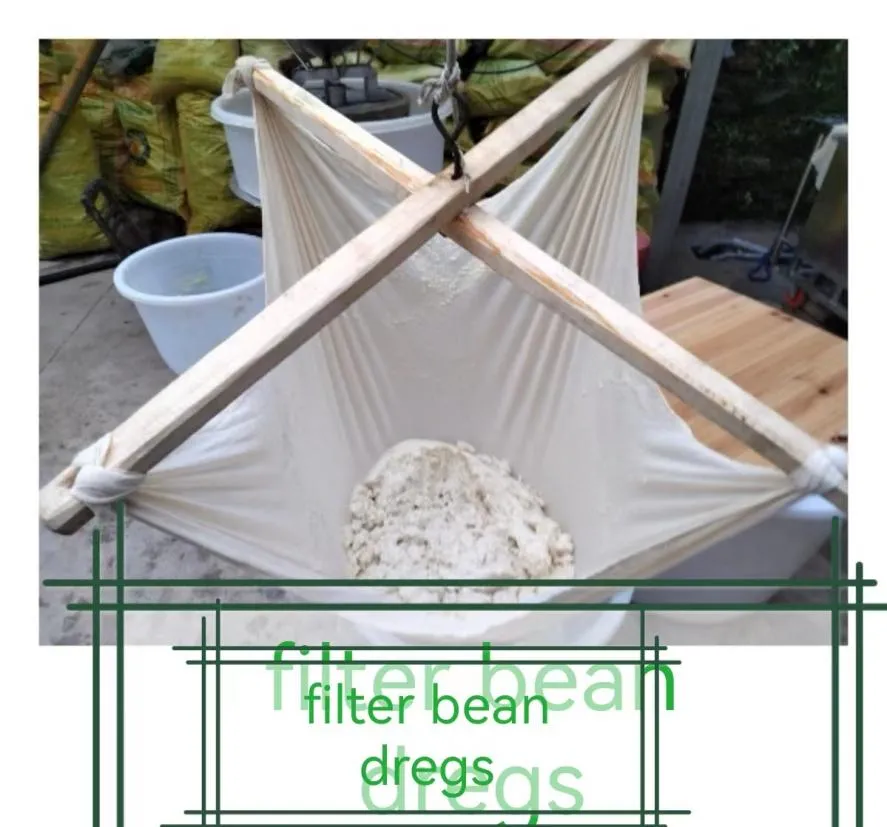-
 Afrikaans
Afrikaans -
 Albanian
Albanian -
 Amharic
Amharic -
 Arabic
Arabic -
 Armenian
Armenian -
 Azerbaijani
Azerbaijani -
 Basque
Basque -
 Belarusian
Belarusian -
 Bengali
Bengali -
 Bosnian
Bosnian -
 Bulgarian
Bulgarian -
 Catalan
Catalan -
 Cebuano
Cebuano -
 China
China -
 Corsican
Corsican -
 Croatian
Croatian -
 Czech
Czech -
 Danish
Danish -
 Dutch
Dutch -
 English
English -
 Esperanto
Esperanto -
 Estonian
Estonian -
 Finnish
Finnish -
 French
French -
 Frisian
Frisian -
 Galician
Galician -
 Georgian
Georgian -
 German
German -
 Greek
Greek -
 Gujarati
Gujarati -
 Haitian Creole
Haitian Creole -
 hausa
hausa -
 hawaiian
hawaiian -
 Hebrew
Hebrew -
 Hindi
Hindi -
 Miao
Miao -
 Hungarian
Hungarian -
 Icelandic
Icelandic -
 igbo
igbo -
 Indonesian
Indonesian -
 irish
irish -
 Italian
Italian -
 Japanese
Japanese -
 Javanese
Javanese -
 Kannada
Kannada -
 kazakh
kazakh -
 Khmer
Khmer -
 Rwandese
Rwandese -
 Korean
Korean -
 Kurdish
Kurdish -
 Kyrgyz
Kyrgyz -
 Lao
Lao -
 Latin
Latin -
 Latvian
Latvian -
 Lithuanian
Lithuanian -
 Luxembourgish
Luxembourgish -
 Macedonian
Macedonian -
 Malgashi
Malgashi -
 Malay
Malay -
 Malayalam
Malayalam -
 Maltese
Maltese -
 Maori
Maori -
 Marathi
Marathi -
 Mongolian
Mongolian -
 Myanmar
Myanmar -
 Nepali
Nepali -
 Norwegian
Norwegian -
 Norwegian
Norwegian -
 Occitan
Occitan -
 Pashto
Pashto -
 Persian
Persian -
 Polish
Polish -
 Portuguese
Portuguese -
 Punjabi
Punjabi -
 Romanian
Romanian -
 Russian
Russian -
 Samoan
Samoan -
 Scottish Gaelic
Scottish Gaelic -
 Serbian
Serbian -
 Sesotho
Sesotho -
 Shona
Shona -
 Sindhi
Sindhi -
 Sinhala
Sinhala -
 Slovak
Slovak -
 Slovenian
Slovenian -
 Somali
Somali -
 Spanish
Spanish -
 Sundanese
Sundanese -
 Swahili
Swahili -
 Swedish
Swedish -
 Tagalog
Tagalog -
 Tajik
Tajik -
 Tamil
Tamil -
 Tatar
Tatar -
 Telugu
Telugu -
 Thai
Thai -
 Turkish
Turkish -
 Turkmen
Turkmen -
 Ukrainian
Ukrainian -
 Urdu
Urdu -
 Uighur
Uighur -
 Uzbek
Uzbek -
 Vietnamese
Vietnamese -
 Welsh
Welsh -
 Bantu
Bantu -
 Yiddish
Yiddish -
 Yoruba
Yoruba -
 Zulu
Zulu
Exploring the Versatility and Applications of Steel Mesh Structures in Modern Design
The Evolution and Applications of Steel Nets
Steel nets have emerged as crucial components across various industries, due to their remarkable strength, versatility, and resistance to corrosion. Made from high-quality steel wires, these nets have evolved significantly over the years, adapting to the demands of modern engineering, construction, and safety applications.
The origin of steel nets can be traced back to early industrial practices when engineers and architects sought innovative solutions to enhance structural integrity while minimizing material use. Unlike traditional solid barriers, steel nets provide lightweight support and better airflow, making them ideal for numerous applications. Their design allows for increased visibility and reduced wind load, which can be pivotal in high-rise constructions and outdoor installations.
One of the primary uses of steel nets is in construction and building maintenance. They serve as safety nets on construction sites, protecting workers and preventing tools or materials from falling. Furthermore, their tensile strength ensures they can withstand substantial loads, making them suitable for formwork retention and scaffolding. This not only enhances safety but also promotes efficiency in building projects.
In landscaping and environmental management, steel nets play a significant role in erosion control and slope stabilization
. By providing a supportive matrix, these nets facilitate the growth of vegetation, helping to bind soil and prevent erosion in vulnerable areas. This application is particularly important in regions prone to landslides or heavy rainfall, where unstable topography poses serious risks.steel nets

Moreover, steel nets have found their place in sports and recreational activities. They serve as protective barriers in various sports, such as soccer, hockey, and tennis, ensuring player safety while allowing spectators to enjoy unobstructed views. The durability of steel ensures that these nets can withstand intense conditions, from harsh weather to wear and tear from regular use.
In recent years, the application of steel nets has expanded into the field of art and design. Artists and designers have begun to utilize these materials for creating stunning installations that blend functionality with aesthetic appeal. This innovative approach showcases the versatility of steel nets, transforming them from mere industrial products into elements of cultural expression.
Despite these various uses, the manufacturing and installation of steel nets require careful consideration of safety standards and guidelines. Ensuring the right quality and specifications is essential to harness their full potential.
In conclusion, steel nets represent a blend of functionality and innovation that meets the evolving needs of multiple sectors. As we continue to explore new applications and technologies, the future of steel nets looks promising, paving the way for safer, more efficient, and aesthetically pleasing solutions in both industrial and artistic realms.
-
Why Construction Steel Mesh is the Backbone of Modern InfrastructureNewsJun.27,2025
-
The Ultimate Solution for Versatile Industrial and Consumer ApplicationsNewsJun.27,2025
-
Smart Breeding Starts Here: The Ideal Breeder Net for GuppiesNewsJun.27,2025
-
Maximize Your Harvest with Smart NetNewsJun.27,2025
-
High-Performance Steel Mesh Solutions for Modern IndustryNewsJun.27,2025
-
Durable Solutions for Modern Agriculture and LandscapingNewsJun.27,2025











